Over the past few years, countries have been looking to roll out 5G mobile networks, which are the fastest wireless connections available on the market. China has set a record in this area by installing more than three million base stations, far surpassing the US market.
According to data aggregator Statista, there are more than 5 billion Internet users in the world . However, Internet penetration remains low in parts of Africa, where only 24% of the population has access to the Internet. The difficulty of setting up base stations in remote locations is one of the reasons that high-altitude base station (HAPS) aims to overcome.
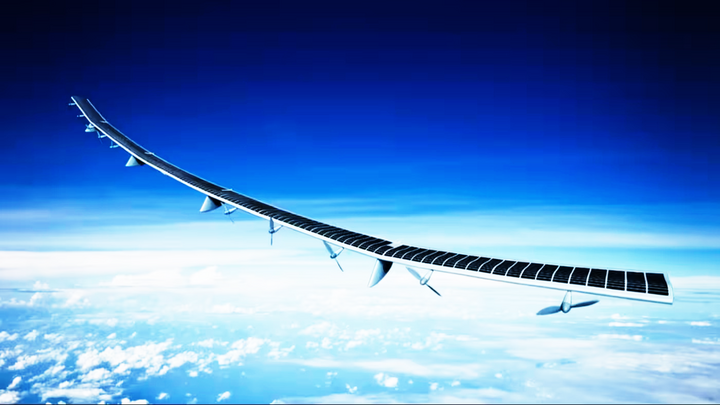
Japan's telecom industry is hoping to put its mark on the global map once again, by deploying flying 5G mobile base stations by 2025. (Photo: Softbank)
Called a high-altitude base station (HAPS), the device aims to provide wider network coverage in the form of a solar-powered drone that operates in the stratosphere. Telecom companies such as Japan's NTT are promoting HAPS as a next-generation solution to existing challenges, through which it can help bridge the digital divide.
Like Elon Musk's Starlink, which provides internet service in space, HAPS drones will fly at altitudes of 18 to 25 kilometers in the stratosphere and act as 5G mobile base stations. Powered by solar energy, such a module is expected to have a range of 200 kilometers, providing a higher level of connectivity and telecommunications coverage than ground-based 5G stations.
They are seen as next-generation telecommunications equipment that will expand connectivity in the skies and at sea, while also helping to bridge the digital divide in countries with underdeveloped network infrastructure. However, for such technology to be used globally, certain technological criteria need to be applied to make it applicable in each market.
At the World Radiocommunication Conference held in the United Arab Emirates in November-December 2023, delegates from 163 countries discussed the use of radio frequencies and satellite orbits. Japan's proposal to adopt four frequency bands as international standards for 5G airborne stations was adopted at the Conference, paving the way for HAPS technology to be deployed uniformly worldwide.
The 1.7 gigahertz, 2 GHz and 2.6 GHz frequencies will be used globally for these flying base stations, according to the proposal. In addition, the 700 to 900 megahertz (MHz) band, which is used to improve mobile service in Europe, the Americas, Africa and parts of Asia, has also been approved for use with HAPS flying base stations.
Another Japanese telecommunications company, NTT, has partnered with satellite broadcaster Sky Perfect JSAT to provide HAPS-based services from April 2025. The technology is also expected to be demonstrated at the 2025 World Expo in Osaka, Japan.
By demonstrating these achievements, Japan hopes to compete with Western countries and China in developing next-generation network infrastructure.
HUYNH DUNG (Source: Interestingengineering)
Source


























































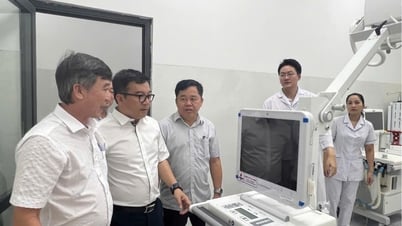



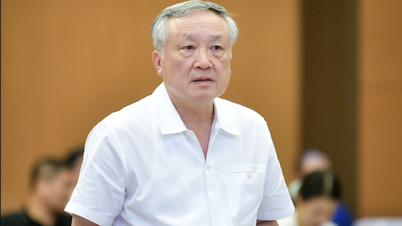





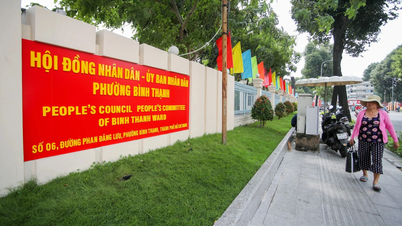



![[Infographic] Circular guiding the functions, tasks and powers of the provincial Department of Culture, Sports and Tourism and the commune-level Department of Culture and Social Affairs](https://vphoto.vietnam.vn/thumb/402x226/vietnam/resource/IMAGE/2025/6/29/877f24989bb946358f33a80e4a4f4ef5)

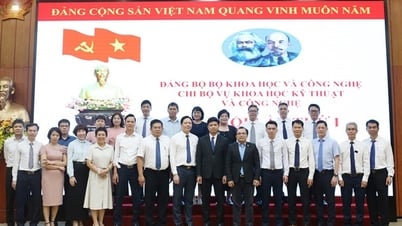



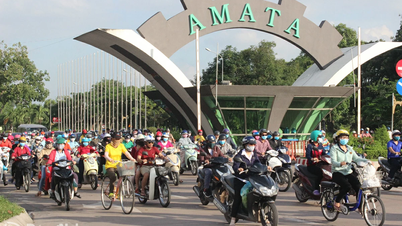

























Comment (0)